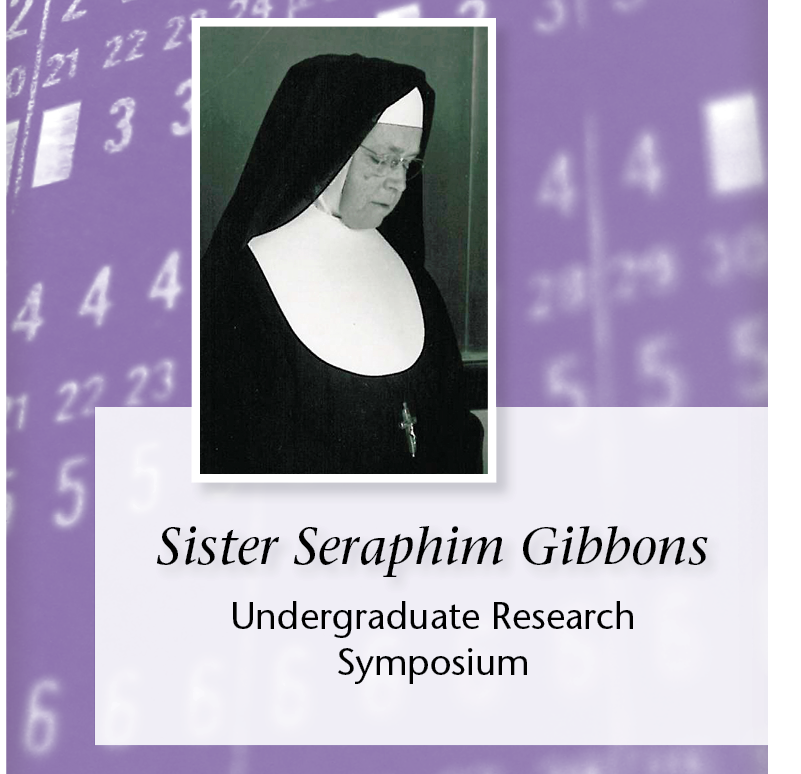Ultrasound Biomicroscopy (UBM): Skin Diseases
Faculty Advisor
Sue Hummel
Department
Sonography
Ultrasound Biomicroscopy (UBM): Skin Diseases
Ultrasound Biomicroscopy, also known as UBM, is a specialized area of Dermatosonography which uses high frequency ultrasound for the examination of the skin. UBM equipment uses scanning frequencies that range between 20-100MHz. This exceptionally high resolution allows for the observation of tissues at the microscopic level. UBM is used to access lymph nodes, find and measure tumors, measure skin thickness, check for infection as well as check for subcutaneous fluid and displacement of vessels. It has been used in the diagnosis of multiple skin disorders such as morphea and lichen planus as well as assessing margins and depth of melanoma and non-melanoma skin cancers.
The UBM examination technique is similar to other B-scan techniques. The main differences are that UBM uses a moving transducer without the use of a covering membrane and uses water as the sound propagation medium between the transducer and the skin with the use of a small cup. The UBM scan images are viewed on a high resolution color monitor in real time. The typical skin image shows an epidermal entrance echo as well as the dermal layer and subcutaneous tissue. It is believed that the dermal echoes are a result of the reflection of the ultrasound waves from the interface of collagen fibers and the surrounding intercellular matrix cells.
The major advantages of UMB are that it is noninvasive, non-ionizing, and relatively inexpensive when compared to other diagnostic modalities such as radiography, computed tomography, and scintigraphic scanning. UMB imaging allows access to information that is normally obtained by histological cuts of excised tissue. For these reasons, UBM is well suited to support dermatologists in the diagnosis of skin diseases and are why it is becoming an important tool in dermatology.
